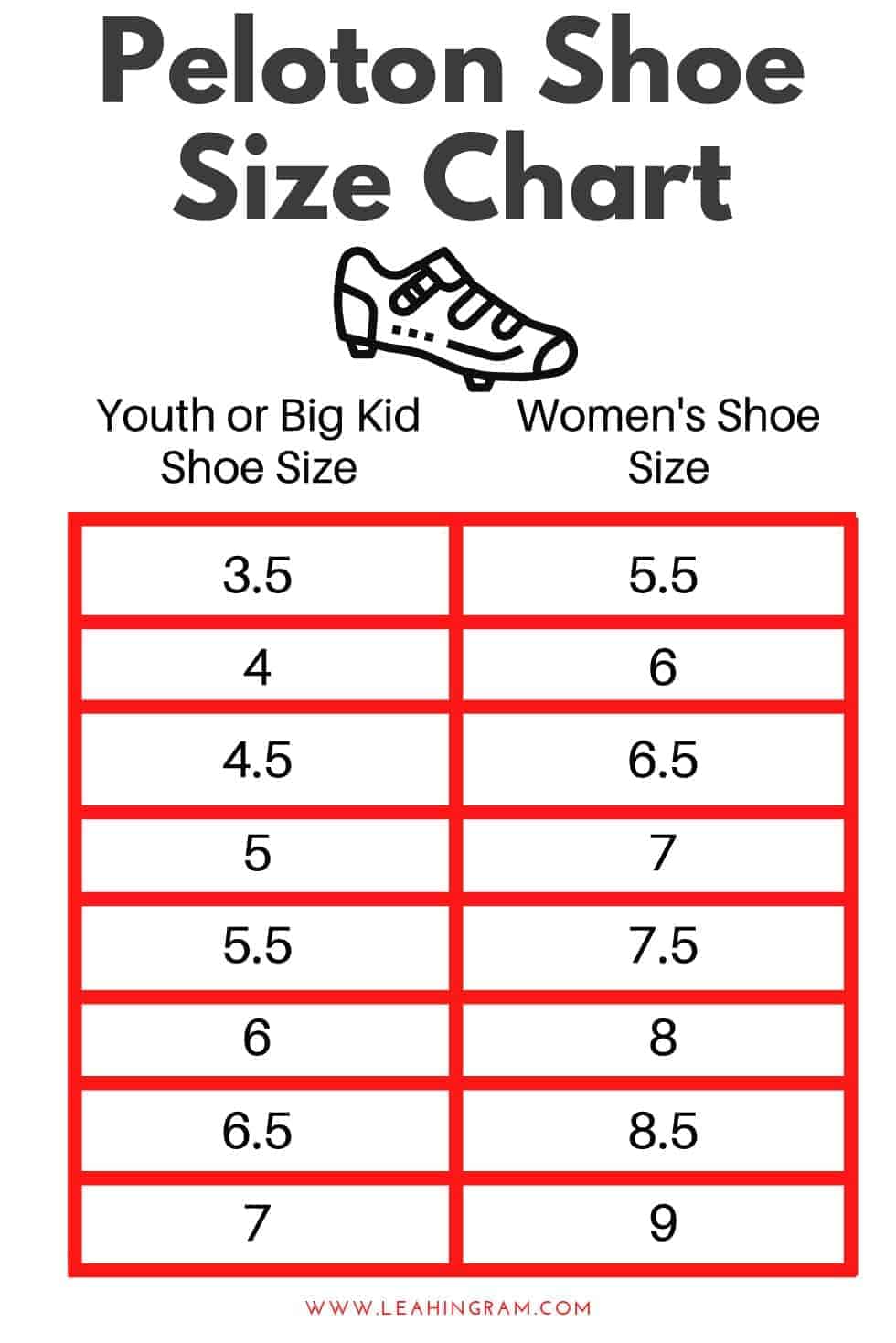5 Tips Rocky Hiking Shoes
Embarking on a rocky hiking trail can be a daunting task, especially when it comes to choosing the right footwear. The wrong shoes can lead to a plethora of issues, ranging from blisters and bruises to more severe injuries like sprains and breaks. However, with the right pair of rocky hiking shoes, you can tackle even the most challenging trails with confidence and ease. Here are five tips to consider when selecting and preparing your footwear for a rocky hiking adventure:
1. Choose the Right Material
When it comes to hiking on rocky terrain, the material of your shoes is crucial. Look for shoes made from durable, high-quality materials that can withstand the rough conditions. Leather and synthetic materials are popular choices, with leather offering excellent durability and water resistance, and synthetic materials providing a lighter, quicker-drying alternative. Additionally, consider the breathability of the shoe; mesh panels can help keep your feet cool and dry, reducing the risk of blisters and discomfort.
2. Consider the Sole and Tread Pattern
The sole of your hiking shoe is what makes contact with the rocky ground, so it’s essential to choose a shoe with a sole that can handle the demands of rocky terrain. A good rocky hiking shoe should have a sturdy, lug-soled sole that provides excellent traction on uneven and slippery surfaces. The tread pattern should be aggressive enough to grip rock faces and other challenging surfaces, yet still provide a comfortable walking experience on flatter ground. Also, consider the thickness and hardness of the sole; a thicker, harder sole will offer better protection against sharp rocks and rough ground.
3. Ankle Support and Stability
Rocky hiking often requires navigating through terrain that is uneven, steep, and unpredictable. Therefore, ankle support and stability are vital components of a good rocky hiking shoe. High-cut or mid-cut shoes offer better ankle support than low-cut shoes, reducing the risk of ankle sprains and twists. Additionally, look for shoes with features such as sturdy heel counters and supportive midsoles that can help stabilize your foot and ankle as you hike.
4. Water Resistance and Moisture Management
Rocky hiking trails often involve crossing streams, hiking through wet conditions, or dealing with unpredictable weather. A water-resistant shoe can be a lifesaver in these situations, keeping your feet dry and comfortable. Look for shoes with waterproof membranes such as Gore-Tex or eVent, and consider the shoe’s moisture management capabilities. A shoe that can breathe well and dry quickly will help prevent blisters and keep your feet comfortable throughout your hike.
5. Break-In Period and Fit
Lastly, remember that even the best rocky hiking shoes need a break-in period. It’s crucial to wear your shoes on shorter hikes before embarking on a long, challenging trail to ensure they fit comfortably and don’t cause blisters. The fit of the shoe is also paramount; your foot should feel secure and comfortable, with enough room to wiggle your toes but not so much room that your foot slides around. Pay particular attention to the heel fit, as a heel that slips can lead to blisters and discomfort.
What features should I look for in a shoe for rocky hiking trails?
+When selecting shoes for rocky hiking trails, look for features such as durable materials, aggressive tread patterns for traction, high-cut or mid-cut designs for ankle support, water resistance, and breathable moisture management systems.
How can I prevent blisters when hiking on rocky terrain?
+To prevent blisters, ensure your hiking shoes fit well and are broken in before your hike. Wear moisture-wicking socks, and consider using blister prevention products such as moleskin or blister shields. Keeping your feet dry and wearing shoes that breathe well can also help reduce the risk of blisters.
What's the difference between a hiking shoe and a hiking boot, and which is better for rocky terrain?
+Hiking shoes are generally lighter and more flexible, offering better breathability and a more natural stride. Hiking boots are more supportive and protective, especially for the ankles, making them a better choice for rocky, uneven terrain where ankle stability is crucial. For rocky hiking, boots often provide the necessary support and protection, but the choice between shoes and boots ultimately depends on the specific trail conditions, personal preference, and the type of hike.
In conclusion, the right pair of rocky hiking shoes can make all the difference in your hiking experience, providing comfort, support, and protection against the challenges of the trail. By considering the material, sole, ankle support, water resistance, and fit of your shoes, you can ensure that your feet are well-equipped to handle whatever the rocky terrain throws your way. Whether you’re a seasoned hiker or just starting out, investing in a good pair of rocky hiking shoes is a step in the right direction towards a safer, more enjoyable hiking experience.



